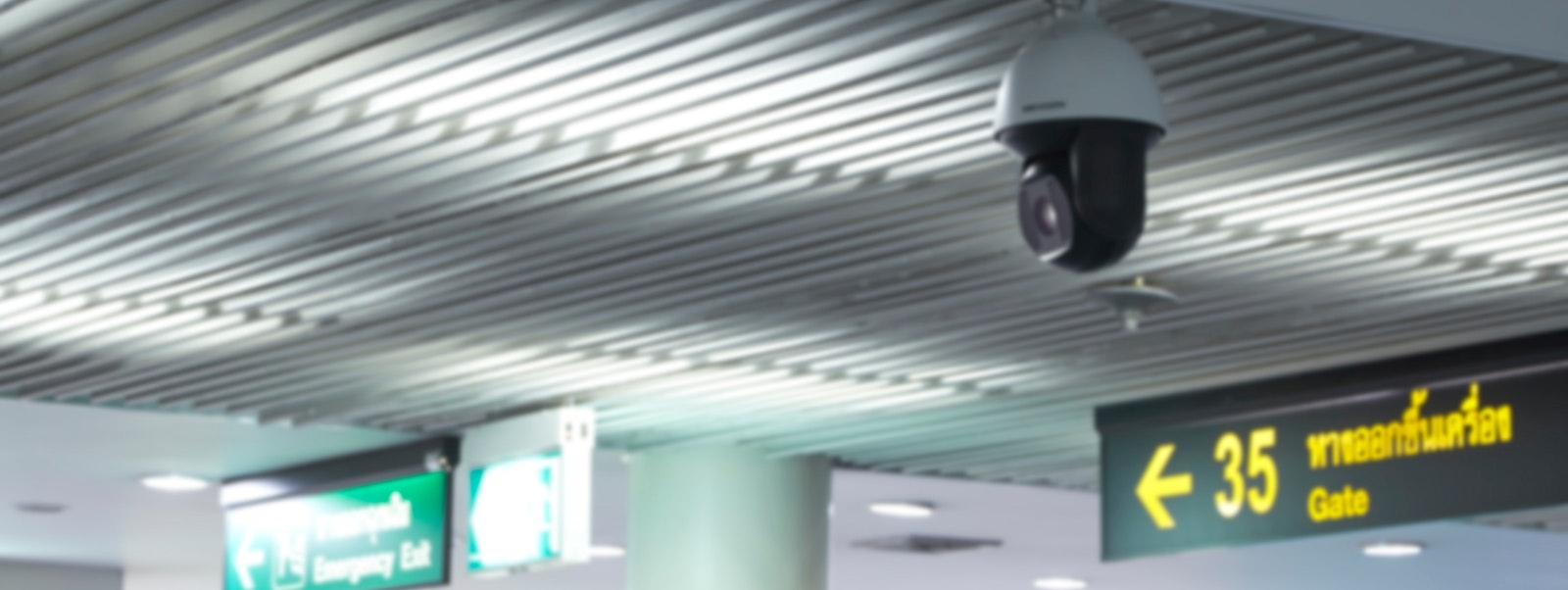By Jimmy Samartzis and Helena Bononi
This article first appeared in Forbes on May 6, 2019.
Mixing biometrics and travel usually means one thing for most countries — making sure the wrong people don’t get in. The United States, for example, has an advanced system of facial recognition that analyzes more than 100 points of reference on each face to evaluate whether people are who they say they are. It has become the aspirational standard for dozens of nations that are employing or looking to employ biometrics to screen people crossing their borders.
But what if biometrics could be used to make traveling easier, more seamless? What if biometrics became travelers’ passports to their itinerary, allowing facial recognition to facilitate checking into a hotel, checking a bag, arranging a rental car, or even opening the door to a hotel suite?
That’s the travel industry’s vision of the future—a system that replaces current documentation with verified biometrics to identify the traveler through all stages of a journey. To a limited degree, it’s already beginning to happen at the world’s most congested airports where high volume is prompting a search for more efficiencies. In the US, for instance, airlines are being allowed to leverage the U.S. Customs and Border Protection (CBP) Traveler Verification Service (TVS) to expedite passenger check-in, baggage drop, and boarding.
Aiming for seamless
While groups like the International Air Transport Association (IATA) are focused on improving the flow of people at airports and across borders, the broader travel industry through organizations like the World Travel and Tourism Council (WTTC) wants to work towards integration across the entire travel experience from booking to completion and enable travelers to share their information in advance of their journey. That’s an innovation that would likely encourage more people to travel, while avoiding a significant increase in resources to accommodate the growth. But it would also close holes that exist in a system that is now preoccupied with airport security.
To read the rest of this article, click here.
The challenge, of course, is how to keep information safe and limit access to authorized users, while enabling interoperability across a wide range of travel providers







